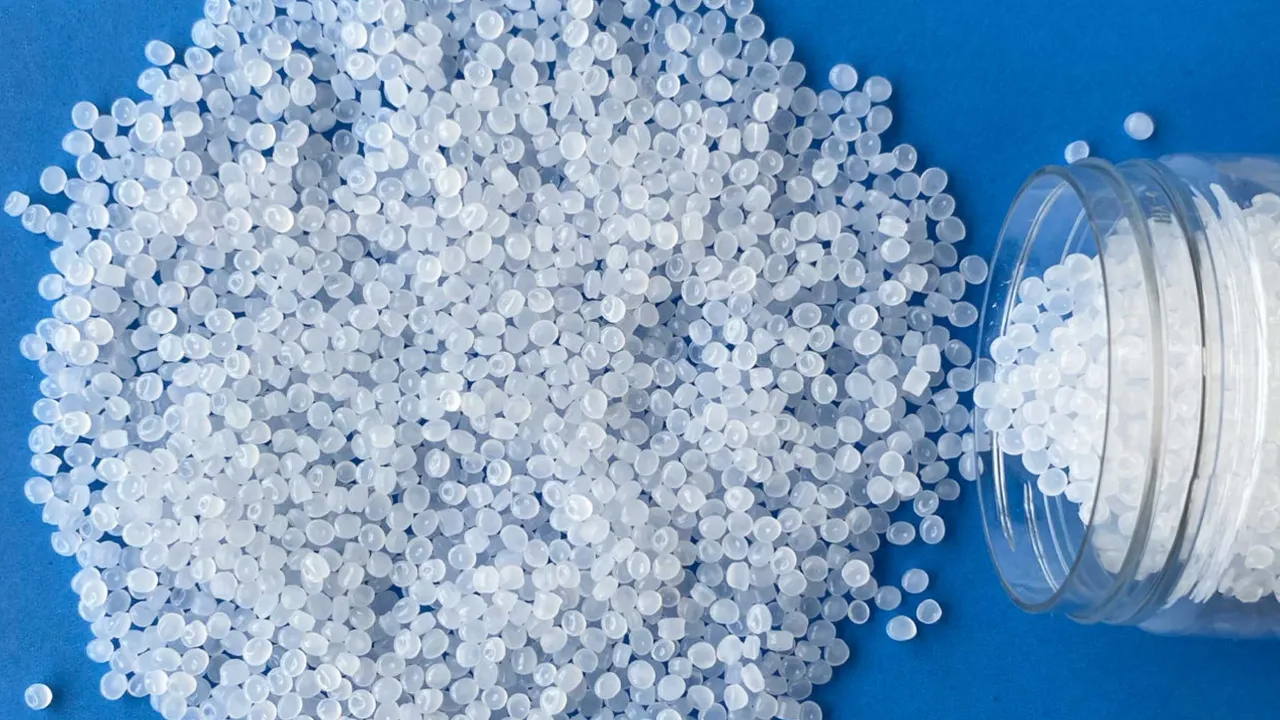Low-density polyethylene-LDPE Supplier From Turkey and Dubai-UAE

What is Low-Density Polyethylene (LDPE)?
Low-Density Polyethylene (LDPE) is a thermoplastic polymer made from the polymerization of ethylene monomers. It is characterized by its low density, high flexibility, and excellent chemical resistance. LDPE is widely used across multiple industries, including packaging, construction, and consumer products, due to its versatility, durability, and ease of processing.
LDPE is distinct from other polyethylene types, such as HDPE and LLDPE, offering a softer, more flexible material suitable for films, bags, and flexible containers.
Key Properties of Low-Density Polyethylene
LDPE is valued for its unique combination of properties:
-
Density: 0.910–0.940 g/cm³
-
Melting Point: 105–115°C
-
Flexibility: High elongation at break, making it ideal for films and wraps
-
Chemical Resistance: Resistant to acids, bases, and most solvents
-
Low Moisture Absorption: Maintains stability in humid environments
-
Transparency: Can be produced in clear or translucent forms
-
Electrical Insulation: Excellent dielectric properties
-
Processability: Suitable for extrusion, blow molding, and injection molding
These properties make LDPE an indispensable material for industrial, packaging, and consumer applications.
Types and Grades of Low-Density Polyethylene
LDPE is produced in various grades depending on application and processing method:
-
Film Grade LDPE
-
Used in packaging films, shrink wraps, and liners
-
Offers high flexibility, clarity, and tensile strength
-
-
Injection Molding Grade LDPE
-
Used for producing flexible containers, caps, and lids
-
Optimized for easy processing in injection molding machines
-
-
Extrusion Grade LDPE
-
Used in pipes, sheets, and tubing
-
Provides uniform melt flow and high durability
-
-
Blow Molding Grade LDPE
-
Suitable for manufacturing bottles, drums, and containers
-
Offers excellent impact strength and flexibility
-
Applications and Uses of LDPE
1. Packaging
LDPE is widely used for packaging films, grocery bags, shrink wraps, and protective covers. Its flexibility, chemical resistance, and transparency make it ideal for food packaging, industrial wraps, and pallet covers.
2. Construction
Used in vapor barriers, insulation sheets, and geomembranes, LDPE provides excellent water resistance and durability, making it suitable for civil engineering and building applications.
3. Consumer Goods
LDPE is employed in household items such as containers, squeeze bottles, and toys. Its flexibility, impact resistance, and safety make it a preferred choice for everyday products.
4. Agriculture
LDPE films and mulches are widely used in greenhouses and crop protection. They help retain moisture, protect plants from UV radiation, and improve crop yield.
5. Industrial Applications
LDPE serves as a corrosion-resistant liner, cable insulation, and chemical storage solution. Its chemical resistance and low moisture absorption make it ideal for harsh industrial environments.
Packing of Low-Density Polyethylene
LDPE is commonly supplied in:
-
25–50 kg bags for granules or powders
-
Jumbo bags / FIBCs for bulk shipments
-
Palletized shrink-wrapped packs for films and finished products
Container Loading
A standard 20-foot container can carry approximately 18–20 tons of LDPE granules, depending on packaging type. Proper moisture protection during shipping is essential to maintain product quality.
Storage and Handling of LDPE
-
Temperature Control: Store in a cool, dry place away from direct sunlight.
-
Avoid Contamination: Keep away from dust, solvents, and chemicals.
-
Handling: Use proper lifting equipment for bulk bags to prevent damage.
-
Safety: LDPE is non-toxic, but standard protective measures should be used when handling pellets or powders.

